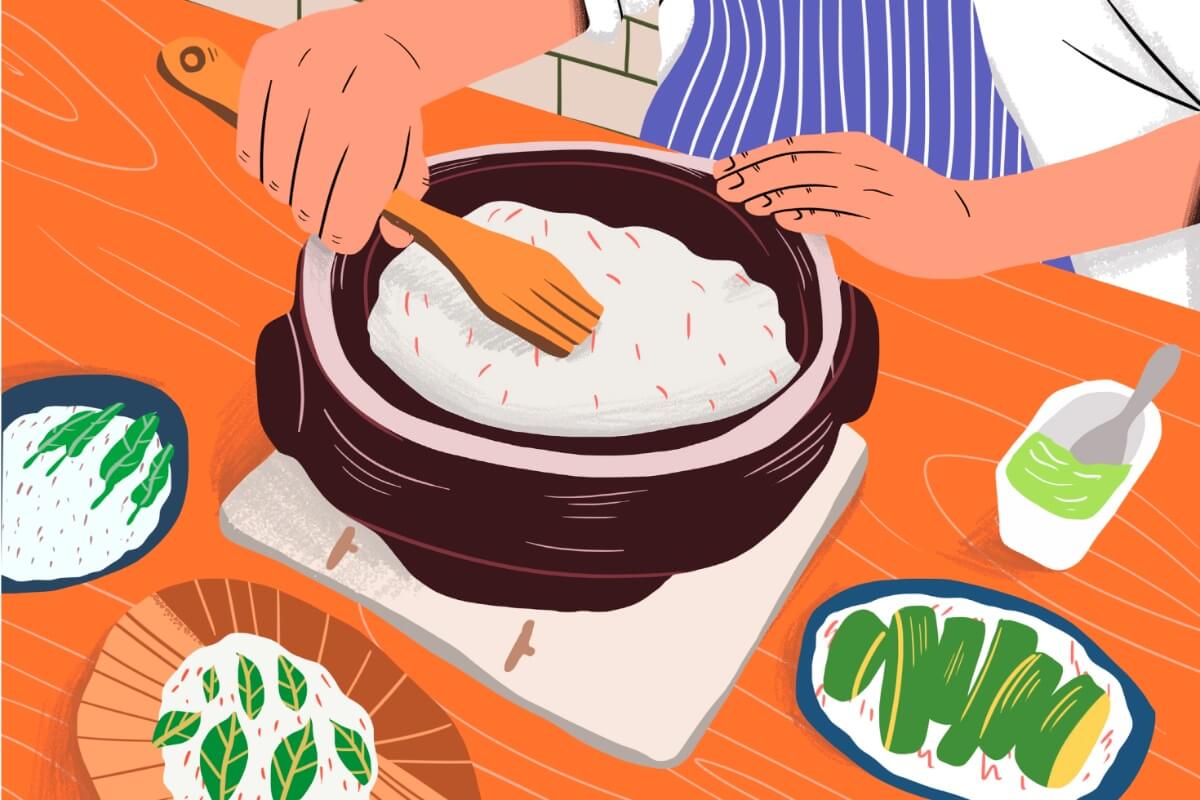
What are plant sterols and stanols?
Plant sterols and stanols are substances naturally found in fruits, vegetables, whole grains, legumes, nuts, and seeds.
How do plant sterols and stanols affect my body?
Research has shown that plant sterols and stanols help lower cholesterol. Cholesterol is a waxy substance your body uses to protect nerves, make cell tissues, and produce certain hormones. Your liver makes all the cholesterol your body needs. Your body also gets cholesterol directly from the food you eat (such as eggs, meats, and dairy products).
There are 2 types of cholesterol:
- Low-density lipoprotein (LDL), or “bad” cholesterol
- High-density lipoprotein (HDL), or “good” cholesterol
High levels of LDL cholesterol may narrow your arteries and cause heart disease or stroke. A high level of HDL cholesterol, on the other hand, is usually a good sign. It may actually help protect your arteries and prevent fatty deposits that can clog arteries.
Path to Improved Health
Regardless of your cholesterol levels, eating plant sterols and stanols can help lower your LDL (unhealthy) cholesterol. It does this while keeping your HDL cholesterol at the same level. Normally, your body’s small intestine absorbs cholesterol from the foods you eat. To your body, plant sterols and stanols look a lot like cholesterol. They can prevent your body from absorbing LDL cholesterol. Over time, this lowers the level of LDL cholesterol in your blood.
How much do I need to help lower my cholesterol?
If you need to lower your cholesterol, the National Cholesterol Education Program recommends that you take in 2 to 3 grams of plant sterols and stanols each day. But plant sterols and stanols alone will not help you reach your cholesterol goals. To improve your cholesterol levels, you will also need to make lifestyle changes. These include eating a heart-healthy diet, exercising, and quitting smoking.
What foods contain plant sterols and stanols?
Plant sterols and stanols are naturally found in some foods. But these amounts have only a small effect on cholesterol levels. To use sterols and stanols to reduce your LDL cholesterol level, you will need more than these foods can provide.
Some foods are now fortified with plant sterols and stanols. These include fortified margarines, cheese, orange juice, milk, and bread. Dietary supplements are also available. Ask your doctor if you should get your sterols and stanols from a fortified food or if a dietary supplement is right for you.
If you do use these products, keep in mind that the amount of plant sterols/stanols varies from product to product. For example, a 2- to 4-tablespoon serving of margarine fortified with plant sterols provides the recommended 2 grams. Two 8-oz. servings of fortified orange juice also provide the recommended amount. Read label information carefully to find out the appropriate daily dosage or serving size of these products. Also, remember that more isn’t always better. You still need to eat a wide variety of foods and be aware of how many calories you are eating.
Do plant sterols and stanols interact with any foods or medicines?
No, plant sterols and stanols have not been shown to interact with any foods or medicines.
Things to Consider
It is important to take your medicine just as your doctor prescribed. You should not use plant sterols and stanols as a substitute for your cholesterol-lowering medicine.
Questions to Ask Your Doctor
- Should I add plant sterols and stanols to my diet?
- Should I begin taking dietary supplements that include plant sterols and stanols?
- If I’m already taking cholesterol-reducing medicine, do I need to worry about adding plant sterols and stanols to my diet?
- Do plant sterols and stanols cause any bad side effects?
- Will taking plant sterols and stanols be enough to reduce my cholesterol to a safe level?
Resources
National Lipid Association: Plant Sterols and Stanols in Foods and Supplements
![]()
Copyright © American Academy of Family Physicians
This information provides a general overview and may not apply to everyone. Talk to your family doctor to find out if this information applies to you and to get more information on this subject.











